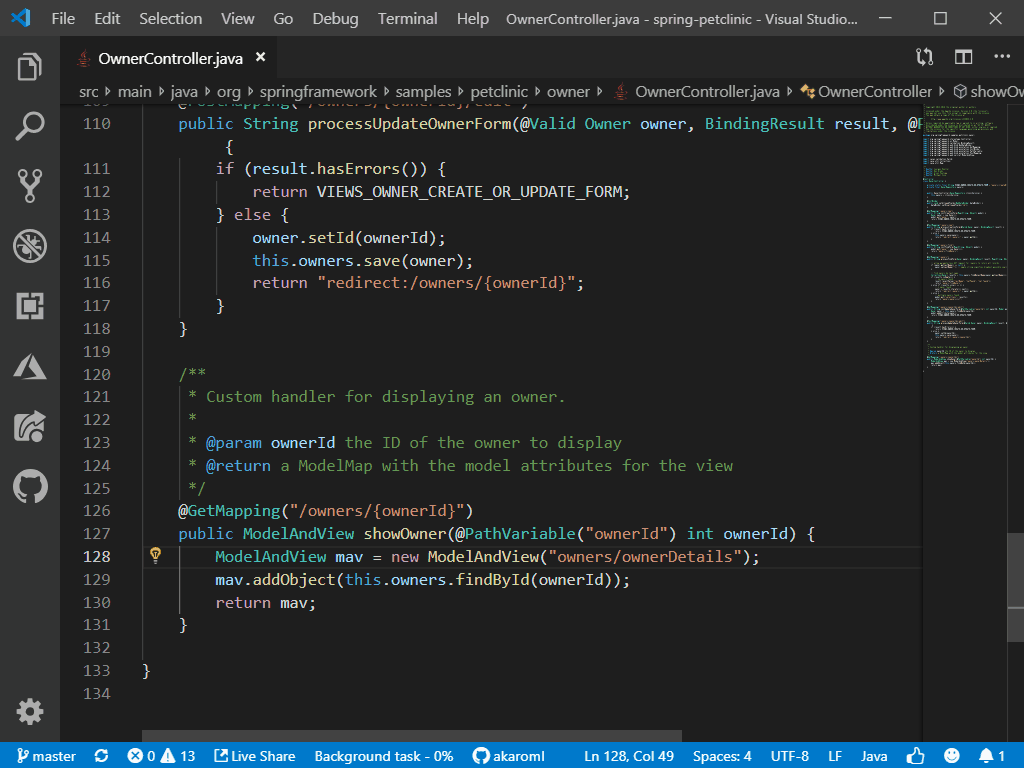

Java(TM) SE Runtime Environment (build 14.0.1+7) We use the command java with -version that returns the version of the default JDK. Now, we get the current default Java version used in the mac.The first Java version is 14.0.1, while the second Java version is 1.8. We can see three versions of Java available we focus on the first and the last Java version. Here is the output after running the command. How to Change Keyboard Layout Language on Mac OS Mojave >.

java_home command with -V that returns the versions and locations of the installed Java. Once we are in the /usr/libexec directory, we execute the.

If you call any tool in a directory that has a.

The java plugin is added, a specific version (there are versions for adoptopenjdk, corretto, dragonwell, graalvm, liberica, mandrel, microsoft, openjdk, oracle, sapmachine, semeru, temurin, trava, zulu) is installed and configured to be the global (or local version) to use: asdf plugin-add java # Add java PluginĪsdf list-all java # List all available java versionsĪsdf install java openjdk-18 # Install specific jdk versionĪsdf install java openjdk-17 # Install another jdk versionĪsdf global java openjdk-18 # Set the global jdk versionĪsdf local java openjdk-17 # Set the local version for calls from the current directoryĪsdf uses a file in $HOME/.tool-versions to configure the global selected version. Here is an example how to setup a new install (you can also install completion so you don't have to list the versions first). As it is not (yet) in the list of possibilities, there's also asdf.Īsdf does not only provide version management for java, it has plugins for ~400 different languages and tools by default, you can find more on github, or create your own.


 0 kommentar(er)
0 kommentar(er)
